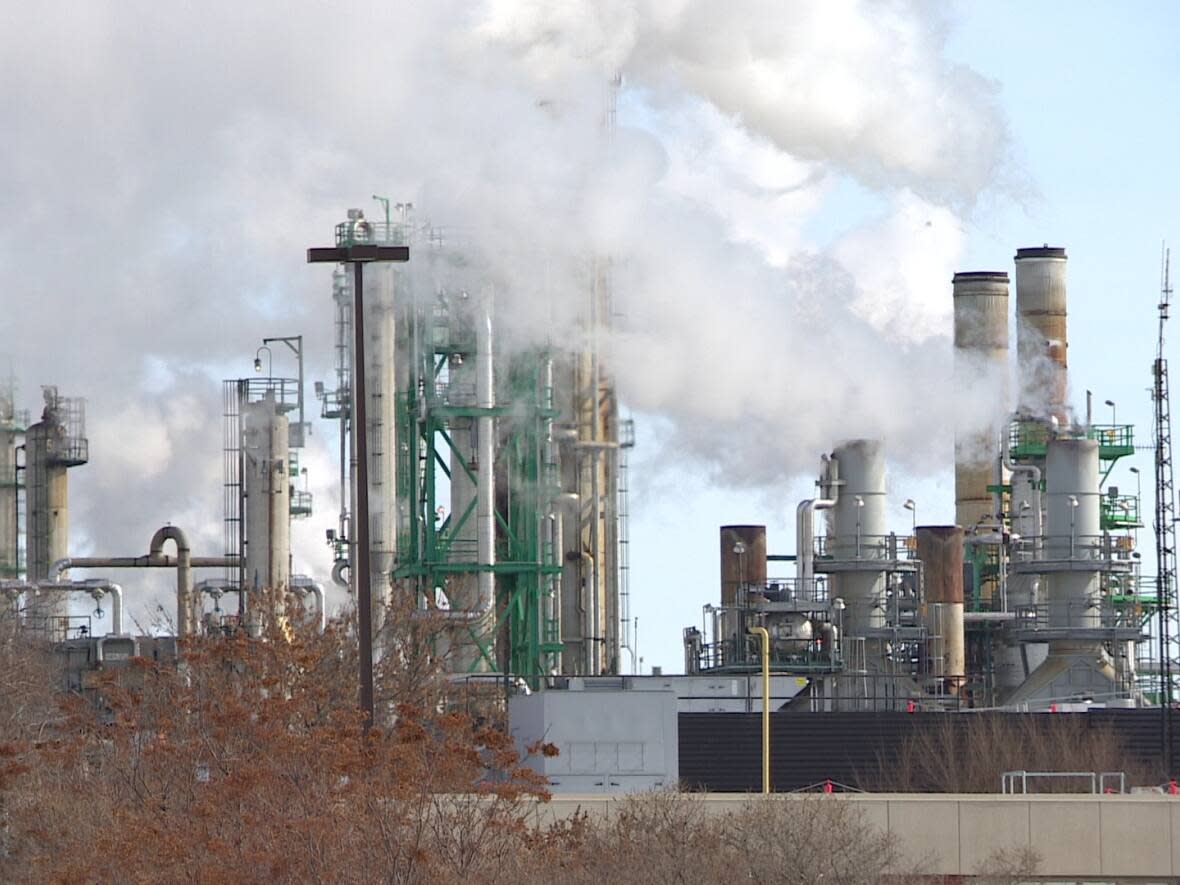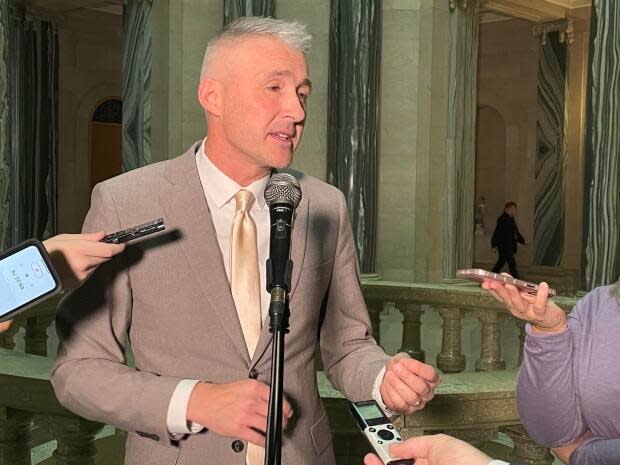Federal gov't approves Saskatchewan-run provincial carbon pricing plan

On Tuesday, the Canadian government announced changes in carbon pricing across the country.
One of them is that the federal plan to cut pollution from large emitters will no longer apply in Saskatchewan, making way for a provincially led plan.
In a news release Tuesday morning, the province said that the Saskatchewan Output-Based Performance Standards (OBPS) program meets the requirements for the 2023-2030 federal carbon pricing benchmark.
All industrial carbon taxes will now stay in Saskatchewan, effective Jan. 1, 2023. The province says this will save Saskatchewan industry an estimated $3.7 billion in federal carbon taxes between now and 2030, compared to federal carbon pricing.
Until now, Ottawa's system called for caps on carbon emissions. Big industrial emitters would then have to pay penalties if they exceed the caps.
Saskatchewan has been pushing for its own plan to reduce industrial emissions, based on the idea of reducing the intensity of carbon emissions and giving businesses various ways to get to the targets. The province has indicated that it would not have caps on emissions, but would utilize other incentive tools instead.
Regulated emitters will have the option to pay into the Saskatchewan Technology Fund, which will create incentives for industry to develop and implement technologies that reduce greenhouse gas emissions.
The province says the number of facilities in Saskatchewan's OBPS program is expected to double by 2030.

Regulated emitters will receive credit for every tonne of carbon less than their permitted amount that they emit.
Saskatchewan's Minister of Environment Dana Skoropad told reporters Tuesday afternoon that the provincial program still has to match the federal government's carbon pricing system.
"There's a few aspects to this program that we need to play within the rules. Certainly being that we respect the carbon pricing that's in place and federally imposed," said Skoropad.
"We also need to take on natural gas transmission pipelines and take on electricity production in the province as well. And we need to maintain that pricing signal as a part of the the program that we proposed."
Skoropad said he believes large emitters will work hard to meet emission goals, while also being innovative.
"[OBPS] is an individualized program that that really allows the good work that our industries have done already to be recognized and then continue to grow."
Meanwhile, the federal fuel charge will continue to apply in Saskatchewan. In 2023, quarterly Climate Action Incentive payments for a family of four will be $340 in the province.
Pros and cons
Margot Hurlbert, professor in the Johnson-Shoyama Graduate School of Public Policy at the University of Regina and Canada Research Chair for climate change, energy and sustainability, said the OBPS program has its pros and cons.
"From good governance, it's actually a pro, because we have governance of these large industrial emitters closer to home, which is kind of a principle in governance we call subsidiarity," said Hurlbert.
As for reducing the intensity of carbon emissions, Hurlbert said it's all about efficiency.
"The documents that they've put together have very detailed calculations about those intensity factors and how companies will go about [getting] the best performance credits or, in the alternative, if they're over that baseline that they're given in the next year then they'll be expected to bring it back into line."
Hurlbert said large emitters have many options to become more efficient on production and emissions.
"It could be everything from moving from diesel generating backups into something that's more efficient like small SMRs. It could be a number of things that mining companies or industrial companies would do to reduce their greenhouse gas emissions from their production," she said.
Hurlbert said the province still needs to release more details.
"The devil's always in the detail. And then the big question is, well, what are the baselines? And over what time period are companies expected to balance their books? Is it annually? Do they have some wiggle room for their calculations and accountability, and when they have to bring themselves into alignment with the level of emissions they should be at?"
Where Saskatchewan is right now
Saskatchewan leads the country in greenhouse gas emissions per capita, according to a report published in April 2021 by Environment and Climate Change Canada.
According to 2020 data, the largest emitting sectors in Saskatchewan are oil and gas production at 26 per cent of emissions, agriculture at 25 per cent and electricity generation at 19 per cent.
By 2025, the Saskatchewan government wants to reduce its greenhouse gas emissions to 6.4 megatonnes of CO2e (carbon dioxide equivalent). In 2021, the emissions dropped by 15 per cent from 2020, though the province attributes the drop to reduced oil production during the COVID-19 pandemic.


